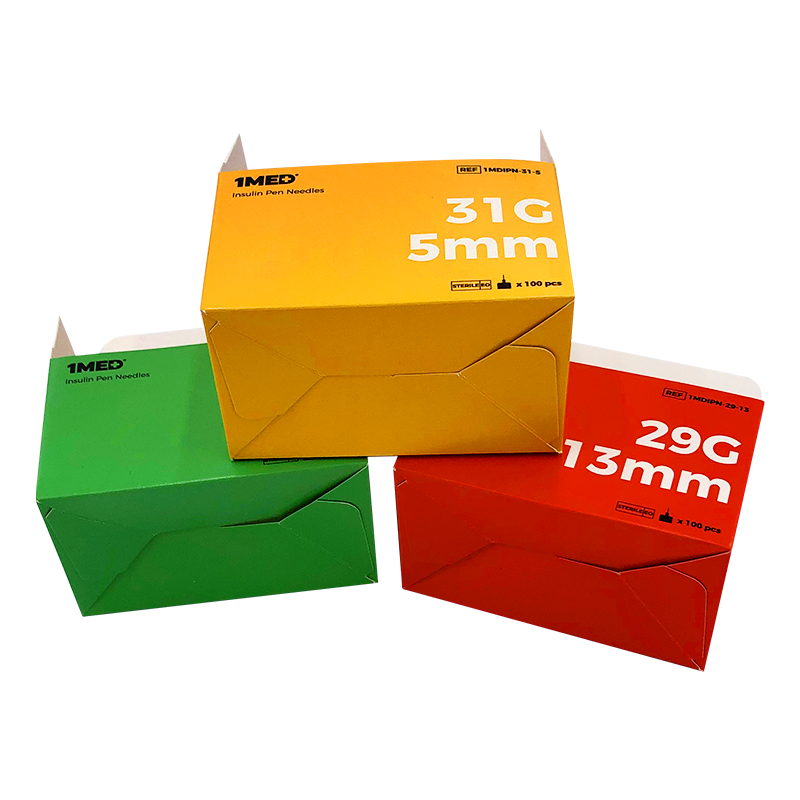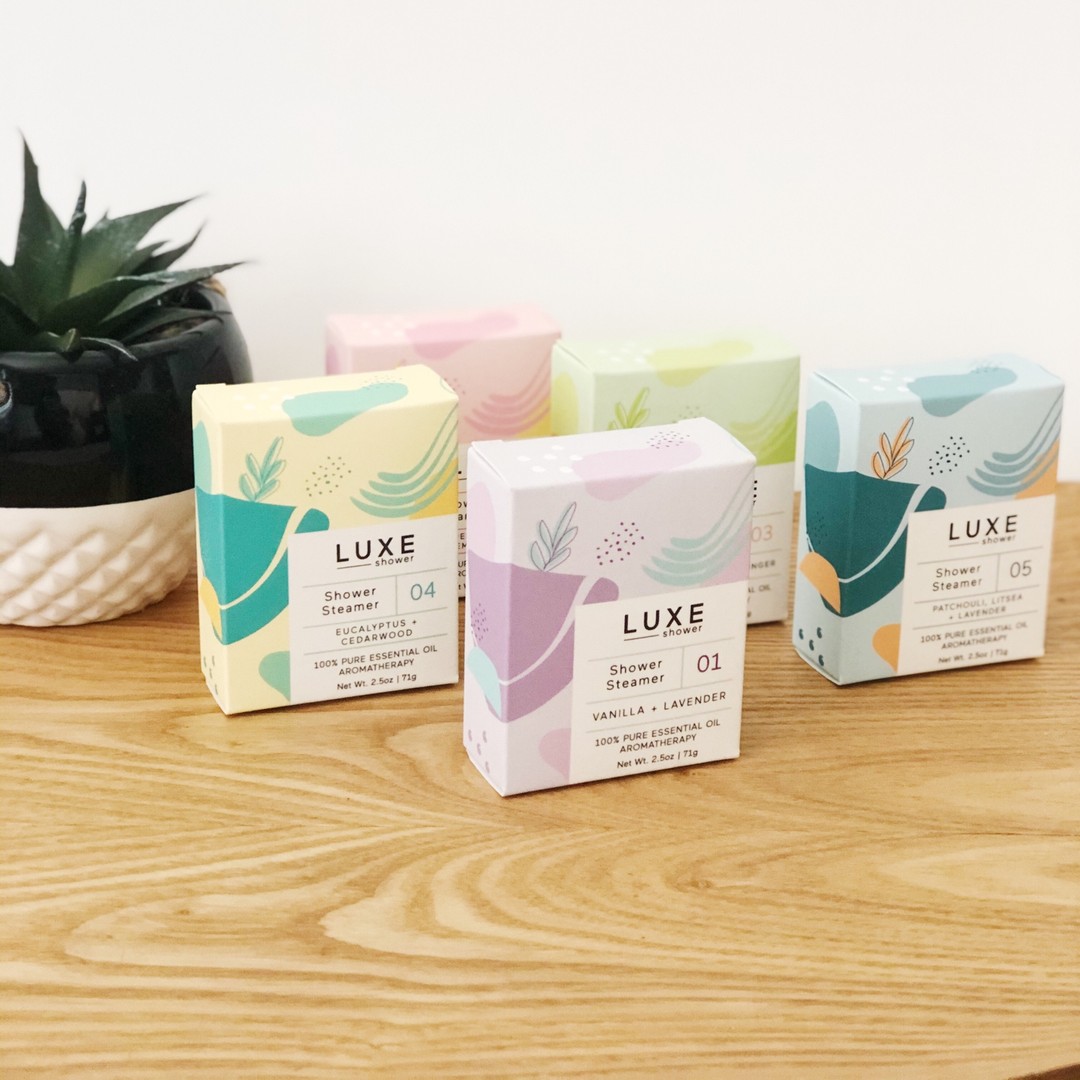What is the difference between paperboard and folding cartons?
Table of Contents
In today’s competitive marketplace, choosing the right packaging can have a significant impact on your brand’s success, product safety, and environmental footprint. Two popular choices, folding cartons and corrugated boxes, serve different purposes and offer unique benefits. While both options are essential for packaging various goods, understanding their differences is crucial for making the best decision for your specific needs.
This article will compare folding cartons and corrugated boxes in detail, exploring their materials, structures, uses, costs, and environmental impacts. By the end, you will have a clearer understanding of which packaging solution best fits your products.
What Are Folding Cartons and Corrugated Boxes?
Before we dive into the specific differences, let’s start by defining each packaging type.
Folding cartons are lightweight boxes made from a single layer of paperboard, often used for consumer goods like cosmetics, electronics, and food products. Their primary appeal lies in their customizability and high-quality graphics, making them perfect for retail packaging. They are also designed to fold flat for easy shipping and storage.
Corrugated boxes, on the other hand, are constructed from multiple layers of paper. A central fluted layer is sandwiched between two outer liners, providing extra strength and durability. These boxes are typically used for shipping, storing heavy items, or protecting goods during transit. Corrugated boxes are known for their sturdiness and ability to absorb impacts, making them a go-to option for logistics and transportation.
Key Differences Between Folding Cartons and Corrugated Boxes
Material Differences
Folding Cartons: Made from paperboard (also referred to as chipboard or solid bleached sulfate board), folding cartons are typically thinner and lighter than corrugated boxes. Paperboard is often coated for moisture resistance and enhanced printability. This makes folding cartons a great choice for showcasing product branding.
Corrugated Boxes: Constructed using multiple layers of paper, corrugated boxes consist of a fluted middle layer that is sandwiched between two liners. This structure provides added strength and durability, making them ideal for shipping and storing heavier items.
Structural Design and Functionality
Folding Cartons: These cartons are typically shipped flat and require assembly before use. They are often designed with locking mechanisms or other structural features that help them stay securely closed. The flat-packed nature makes them easy to store and ship in bulk, saving space and costs.
Corrugated Boxes: Corrugated boxes come either pre-assembled or in flat sheets that need to be folded into place. Their robust construction allows them to withstand pressure, impacts, and stacking, which makes them a top choice for shipping bulk items or products that require extra protection.
Primary Use Cases
Folding Cartons: Often used for consumer products such as food, cosmetics, pharmaceuticals, and small electronics. Their smooth surface makes them an ideal canvas for high-quality graphics and branding, ensuring they stand out on retail shelves. For example, cereal boxes or makeup packaging often use folding cartons to provide both visual appeal and lightweight protection.
Corrugated Boxes: Primarily designed for shipping and transportation, corrugated boxes are strong enough to handle heavier goods or bulk products. They’re frequently used for shipping e-commerce packages, electronics, and household goods. Corrugated boxes can also handle more rugged environments such as warehouse storage or long-distance shipping.
Customization Options
Folding Cartons: Known for their high customizability, folding cartons can be tailored in terms of size, shape, and graphic design. They can be printed with vivid colors, logos, and intricate patterns to reflect a brand’s identity. Additionally, they can incorporate various finishes such as matte, gloss, or embossing to enhance the overall look and feel.
Corrugated Boxes: While corrugated boxes are also customizable, their primary focus is on functionality rather than visual appeal. Printing options are generally limited to simpler designs and fewer colors compared to folding cartons. However, their size, thickness, and strength can be customized to meet specific requirements for shipping or product protection.
Cost Considerations
Folding Cartons: Generally more expensive than corrugated boxes due to the printing and finishing processes involved. The cost increases further if you incorporate special coatings or intricate designs. For brands that focus on high-quality retail packaging, the visual appeal justifies the extra expense.
Corrugated Boxes: Typically more cost-effective for shipping and storing large quantities of goods. Their strength and durability provide long-term savings by reducing the risk of product damage during transit. For businesses focused on bulk shipments, the cost of corrugated boxes can be lower due to their simpler printing and production process.
Environmental Impact
Folding Cartons: Paperboard used in folding cartons is often made from recycled materials and can be recycled after use, depending on local recycling facilities. However, the production process, particularly if it involves heavy printing or coatings, can increase the environmental impact.
Corrugated Boxes: Corrugated boxes are also highly recyclable and often contain a high percentage of recycled fibers. Additionally, their ability to be reused multiple times before being recycled makes them a more sustainable option for businesses prioritizing eco-friendly packaging solutions.
Strength and Durability: How Do They Compare?
Folding Cartons: Due to their single-layer construction, folding cartons are ideal for lightweight items such as food products, cosmetics, or small consumer goods. While they offer adequate protection for these types of items, they are not as strong as corrugated boxes and may not withstand rough handling or heavy weights.
Corrugated Boxes: With their multi-layer construction, corrugated boxes provide superior strength and durability, especially for heavy or fragile items. The corrugated medium between the linerboards absorbs shocks, making them a reliable choice for shipping and storing goods that need extra protection. Corrugated boxes are more resilient to impacts and crushing forces, which is why they are favored for industrial and e-commerce uses.
Customization Capabilities: Which Offers More Flexibility?
Folding Cartons: When it comes to branding and aesthetics, folding cartons are the clear winner. Their smooth surface allows for detailed and vibrant printing, making them perfect for retail packaging where appearance is key. Businesses can get creative with shapes, cutouts, window displays, and other design elements to catch consumers’ attention.
Corrugated Boxes: While they are not as versatile in terms of visual design, corrugated boxes offer greater flexibility in terms of size and structural strength. They can be customized to fit large or irregularly shaped items and can include inserts, dividers, or reinforced corners for added protection.
Conclusion: Choosing the Right Packaging Solution
In conclusion, choosing between folding cartons and corrugated boxes depends on your specific packaging needs. For lightweight, retail-oriented products, folding cartons offer excellent customization, visual appeal, and practicality. They are ideal for brand representation in a competitive retail environment where shelf presence matters.
On the other hand, corrugated boxes are the go-to option for businesses that prioritize strength and durability. They excel in protecting bulk or heavy goods and are better suited for shipping and storage, making them perfect for e-commerce and industrial uses.
Both folding cartons and corrugated boxes have their advantages, and understanding the key differences allows you to make a well-informed choice based on the type of product, desired presentation, and logistical needs.
FAQs:
Q1:Which is more cost-effective: folding cartons or corrugated boxes?
A: Corrugated boxes are generally more cost-effective for shipping and storage, especially for bulk orders or heavier items. Folding cartons tend to be more expensive due to their customization and printing processes but are ideal for retail packaging.
Q2: Are both folding cartons and corrugated boxes recyclable?
A: Yes, both packaging types are typically made from recycled materials and are recyclable after use. However, the sustainability of each depends on the specific materials used and local recycling facilities.
Q3: Can folding cartons be used for heavy items?
A: Folding cartons are best suited for lightweight items. If you need to package heavy or fragile goods, corrugated boxes offer greater strength and durability, providing better protection during transit.
Related Posts

What are the benefits of custom folding boxes?
Choosing the right supplier for folding cartons is critical to ensuring high-quality packaging, safeguarding your products,

7 Reasons Why Folding Carton Packaging is the Future of Brand Identity
In today’s fiercely competitive business environment, companies are continuously searching for effective strategies to differentiate themselves and capture consumer attention.

What are the benefits of folding carton packaging?
Product packaging is far more than a protective cover for your items; it’s a strategic branding tool that can elevate your product and set it apart in a crowded market.

7 Key Benefits and Steps for Choosing Custom Folding Cartons for Your Products
Custom folding cartons offer a powerful solution for packaging and promoting your products. Designed to fit specific items

